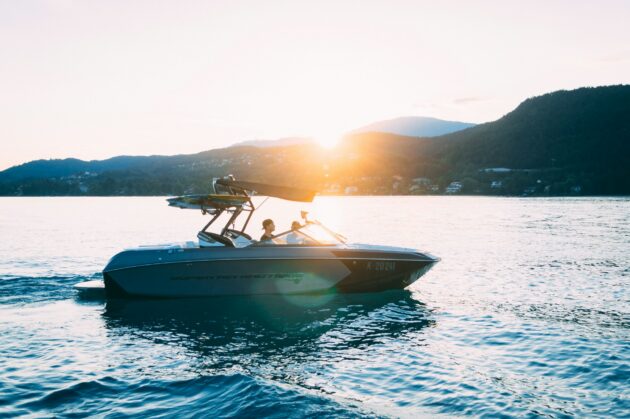
Going out to sea with family and friends or by yourself can be exciting no matter the time of year, and feeling a bit anxious is natural if you’re about to embark on that boating journey for the first time with a new yacht purchased from a reputable luxury yacht sales company. This adventure promises not only excitement but also the elegance and comfort that come with a high-end vessel. To ensure a seamless experience, it’s crucial to prepare adequately. You should pack appropriately, stay updated on the weather, dress wisely, and bring all essential items on board. Also, familiarize yourself with the boat ramp and docking timing. Here are five useful tips to keep in mind for a smooth and enjoyable maiden boating experience.
Table of Contents
Check the Weather
Weather during your marine journey can be quite unpredictable. Calm conditions may allow for a seamless trip, yet an unanticipated wind could obstruct your course. Be aware that even the most pristine skies might conceal the volatile nature of sea weather.
Before embarking, it’s essential to review the local weather predictions and have a contingency plan for less than ideal circumstances. Leveraging marine weather apps for instant updates can also be advantageous.
Learn to Adjust the Trim
Once your boat is operational, it’s recommended to experiment with the trim to locate its “sweet spot.” Many novice boaters tend to disregard trimming, assuming the boat is functioning adequately. However, by adjusting the trim, you’ll often find that the boat could perform even better.
Trimming modifies how the hull interacts with the waves, which can influence speed, maneuverability, and even the comfort level of the ride. Each boat has a unique response to trim adjustments, so the only effective way to identify that sweet spot is by making slight changes to the trim and observing your boat’s reaction.
Choose the Middle Seat
For first-timers and those scared of water, always sit in the middle and not by the sides, if you are boarding the wake boat or any kind of boat. You can prevent falling by sitting in the middle.
If you can, sit beside your friends or family in case you want to hold on to someone in the event you encounter little tides. The boat operator will slow down when they encounter this.
Get Trained
Undertaking appropriate training beforehand is an optimal way to ensure your water safety. Navigating a boat is quite different from driving a car, hence, it’s critical to learn the fundamentals of sailing, docking and managing varying marine conditions like currents, weather, waves, and tides.
You’ll also be trained to be mindful of your timings by planning in advance to avoid occupying the boat launch ramp for an extended duration, which could inconvenience others. Your training will also highlight the significance of donning a life jacket and adopting a slow pace while docking to prevent any damage to your or anyone else’s boat due to haste.
Chart Your Course
No matter where you plan to go, obtaining and analyzing the charts is always a good idea. Inspect the charted depths carefully to avoid running aground and incurring unnecessary costs. Remember to mark your route on a physical chart or a chart plotter.
You can use navigation systems if your boat has them for a more effortless voyage mapping. Ensure that both the electronics and chart are updated to display any navigational risks on your path accurately. Any erosion, dredging, construction, or landslides on your route should trigger warnings from these systems. Examine your route meticulously, marking shipping lanes, currents, and shallow waters. Moreover, determine the distance and time for your journey, mileage, and fuel requirements.
Endnote
The trip itself is an essential element of your sailing adventure. As you chart your course across the expansive seas, you’ll come across fresh experiences and awe-inspiring views. There’s also a chance you’ll forge everlasting friendships in a remote marina or observe a stunning sunset.
